Ancient cultures of our country: the Kuibyshev expedition against bourgeois falsifiers
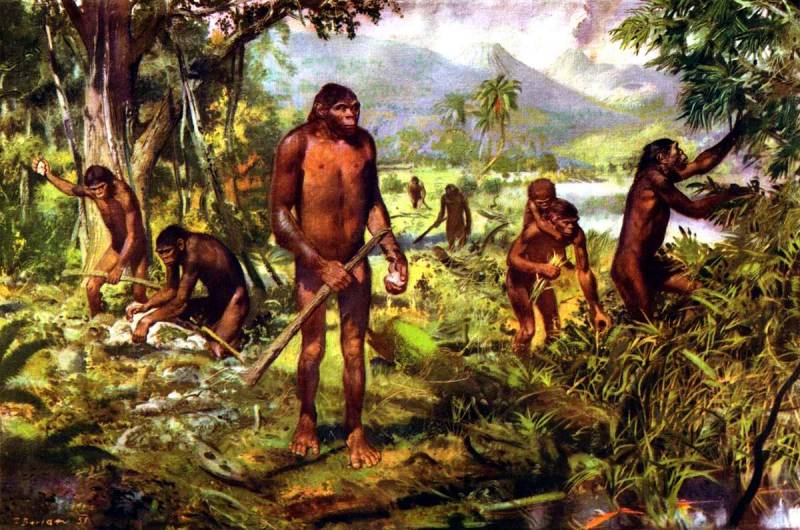
The famous work of the Czech artist Zdenek Buridan, depicting the most ancient paleoanthropes, even got into the Soviet textbook on stories Ancient World for grade 5 F.P. Korovkina
Proverbs of Solomon 19:5
The material history of our Motherland. We are starting a new series of articles on VO, which will be dedicated to the monuments of material culture on the territory of our country. Too often, people began to appear here who, out of their ignorance, doubt what should not be doubted at all, and demand the submission of evidence of "something there" by the artifacts provided by them. Moreover, for the most part, these people are breaking into an open door. After all, what is unknown to them has long been found, described and kept in museums. And this is their misfortune, and not their fault that they do not read special books, but in museums ... is it possible to visit all the museums of our country?
Well, since a huge number of finds are either sketched in black and white graphics, and they are not of particular interest to non-specialists, and photographs of their "public domain" are usually absent, then color pictures of a famous artist will be used today as illustrative material for this article. - illustrator of the primitive time - Czech Zdenek Buridan (1905-1981), as well as a number of author's photographs.
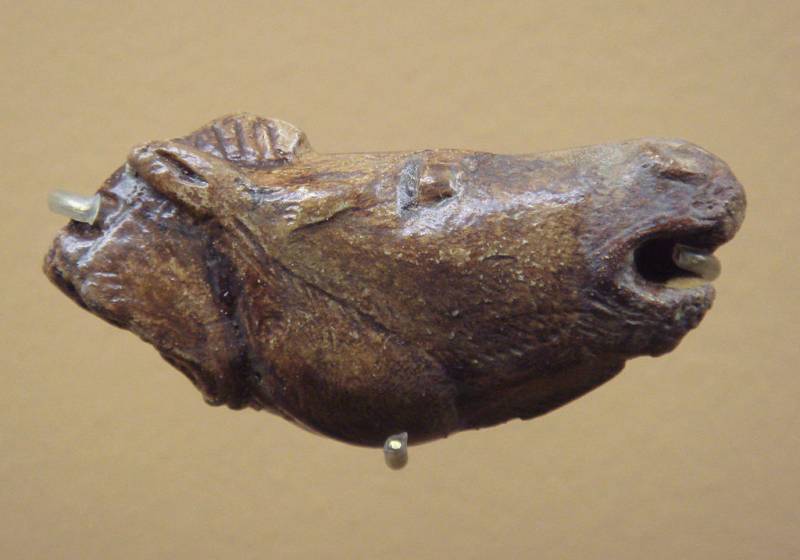
Horse head. One of the most amazing examples of stone age art. National Museum of Archeology, Saint-Germain en Laye, France
Against "bourgeois falsifiers"
Well, we will begin our story, so to speak, from our most "domestic place" - the banks of the great Volga River, where ancient people settled in the distant Stone Age. It is interesting that if we honor the historical research of those years, it turns out, as now, that even then there were forces hostile to us abroad, which tried in every possible way to discredit even our prehistoric era. They were called "bourgeois falsifiers of history", and they were engaged in the fact that they repeatedly declared (although references to their works were usually not given in our literature!) wild, and people settled it rather late. How these statements, even if they did take place, could belittle our culture and statehood is not clear. There were no Russians, no Englishmen, no Germans at that time. It is equally unclear what attitude the resettlement of primitive people in the Volga region could have influenced or somehow influenced the "triumph of Lenin's" ideas and the success in building the world's first state of workers and peasants. But even if, since this was discussed, it turns out, in the opinion of our historians of the Soviet era, the connection here was undeniable. So, these very falsifiers should have been rebuffed. But as? There was only one way: start digging! And they began ...
Back in the distant 1938, when Soviet archaeologists started excavations on the Middle Volga and found a lot of things. However, their work was seriously interfered with by the war. But ... there would be no happiness, but misfortune helped. In 1950, it was decided to build the Kuibyshev hydroelectric power station on the Volga, and the USSR Academy of Sciences sent the Kuibyshev archaeological expedition to the site of excavation work. As many as five detachments excavated almost the entire flooded area, from Stavropol to Kazan. They dug for several years and found dozens of settlements of various eras: both the sites of primitive hunters and large cities of the Middle Ages. The scale of the work carried out is evidenced by the fact that the area that was opened was 15 thousand square meters. More than four hundred ancient burials were found. Moreover, they continue to dig in the Volga region, for example, in the same Penza region.
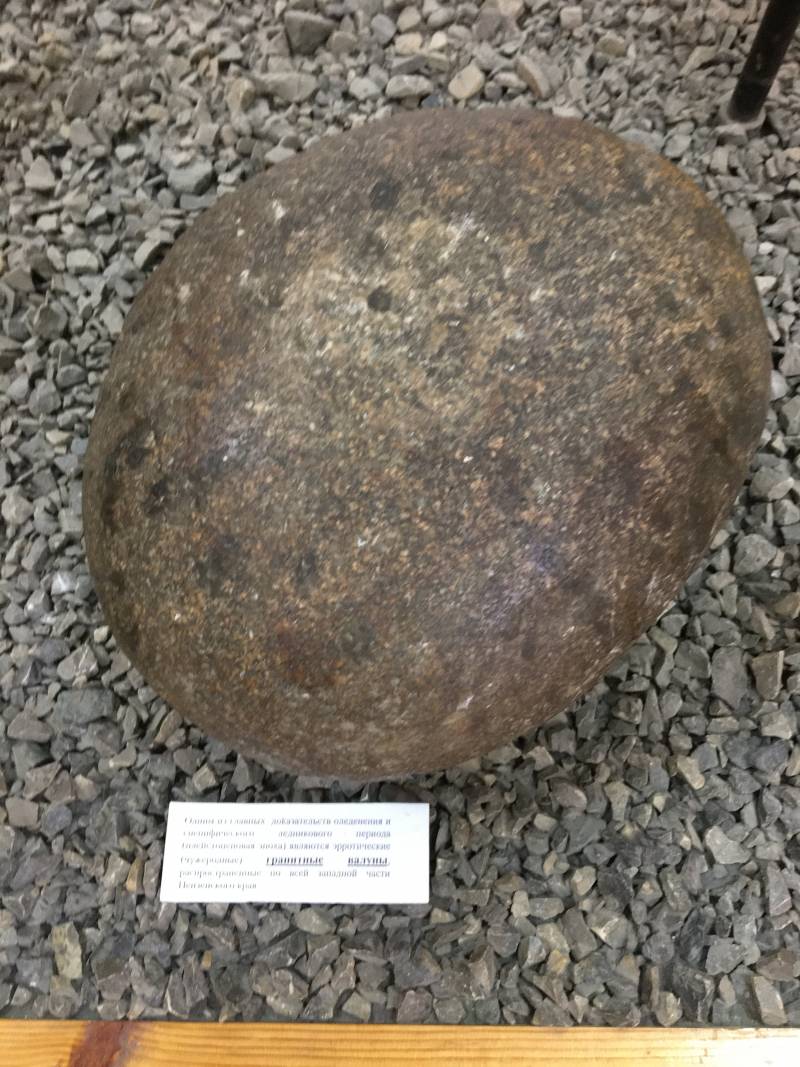
Glacial boulder. Such stones are found wherever there was a glacier. Penza Regional Museum of Local Lore. Photo by the author
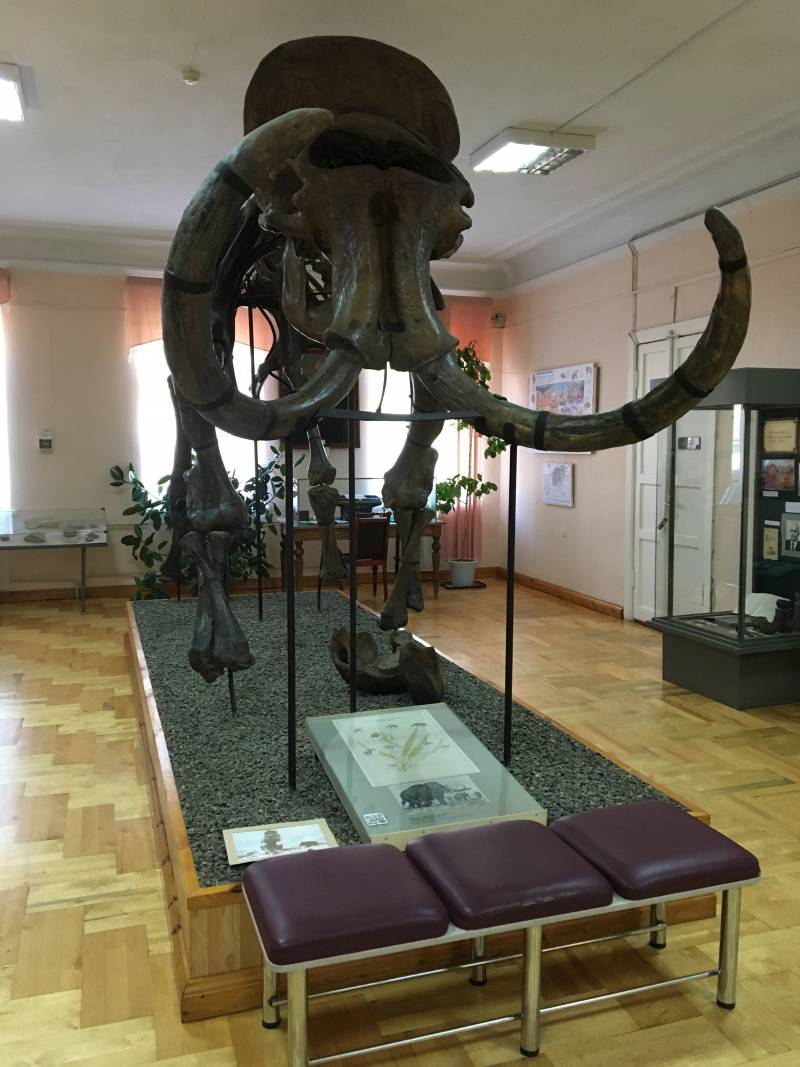
I must say that mammoths at that time from the very edge of the glacier to the Black Sea were found in abundance. Here is a skeleton, for example, they dug up near Penza. Now it is an adornment of the regional museum of local lore. Photo by the author
The first people on the Volga: who were they and what did they do?
Well, when did the first people appear on the Volga? The history of the Volga region from when does it begin? After all, the studies carried out by geologists, geographers and paleontologists by the 30s of the last century had already shown that natural conditions already in the Paleolithic era were favorable here for the settlement of people. The glacier, which covered a significant part of the surface of Europe, reached Penza in the Middle Volga region. However, to the south stretched vast plains with tundra vegetation, and further south the plains were interspersed with forests.
That is, the animals had where to graze, and it is not surprising that their bones have been preserved in the earth's thickness to our time. During floods, the Volga used to severely erode the banks and exposed deep layers containing the bones of fossil animals. In a number of places, they were washed up by whole clusters. But the main evidence of the stay of the most ancient people in one place or another has always been his stone tools.
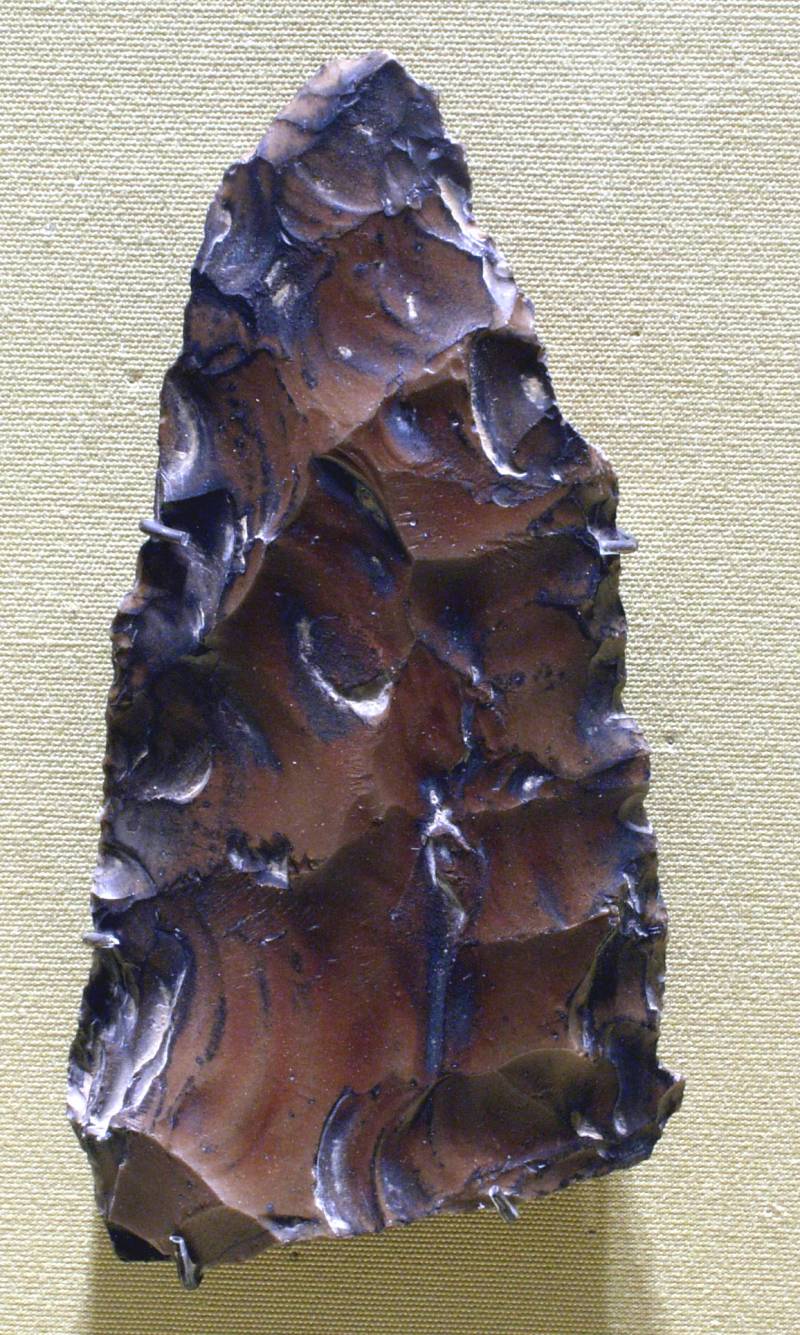
Manual stone chopper. Upper Paleolithic. Age 35-000 years. Found in Lower Egypt in the Libyan Desert. Metropolitan Museum of Art, New York
But their finds on the banks of the Volga at that time were isolated, the finds themselves were of an accidental nature and were not localized. That is why it was impossible to resist the bourgeois falsifiers!
Therefore, the Kuibyshev expedition, first of all, was tasked with solving the question of the time of the appearance of ancient people on the Volga, for which a whole special detachment was even created in its composition. His attention was drawn to the places where the bones of ancient animals were accumulated, since it was believed that where there were animals, people could also be. And this assumption of scientists was fully justified as a result of excavations.
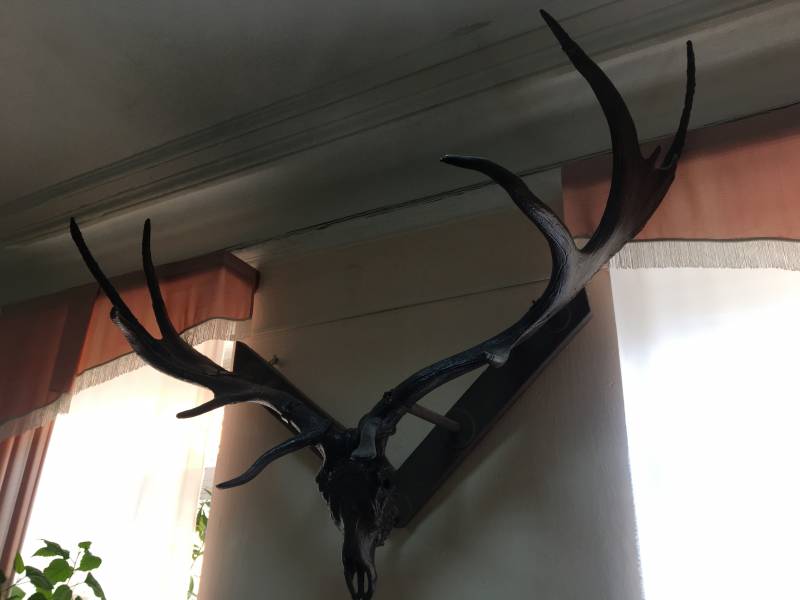
Well, we also had a primitive deer here. And he left us his skull with horns ... Photo by the author
Extinct cemetery
So, not far from the village of Khryashchevka, on the banks of the Volozhka River, one of the Volga tributaries, on the two-kilometer Tunguz Peninsula, many animal bones were found, including the bones of a mammoth, hairy rhinoceros, giant deer and other animals. Many bones were split, that is, they were clearly in the hands of people. And in 1951, the Paleolithic detachment of the expedition found the tools of labor of primitive people.
They were made mainly of flint, and there were two main forms - these are flakes and points, with the help of which people cut the meat of animals they killed, processed their skins and bones.
Since the "Tunguz" tools were very characteristic, their age was determined by comparison. It turned out that they belong to the Lower Paleolithic, that is, to the "dawn of human existence."
One could now conclusively assume that about a hundred thousand years ago, a group of primitive people who were engaged in hunting lived here. Moreover, they even hunted mammoths and bison, rhinos and deer, bulls. So the bourgeois falsifiers of the 30-50s of the last century were put to shame, especially since then the detachment conducted a study of six more large cemeteries of ancient animals in the Kuibyshev and Ulyanovsk regions, and then in the Tatar ASSR. Moreover, in four cases out of six, his searches were crowned with complete success: together with the bones of extinct animals, they found the tools of primitive people.
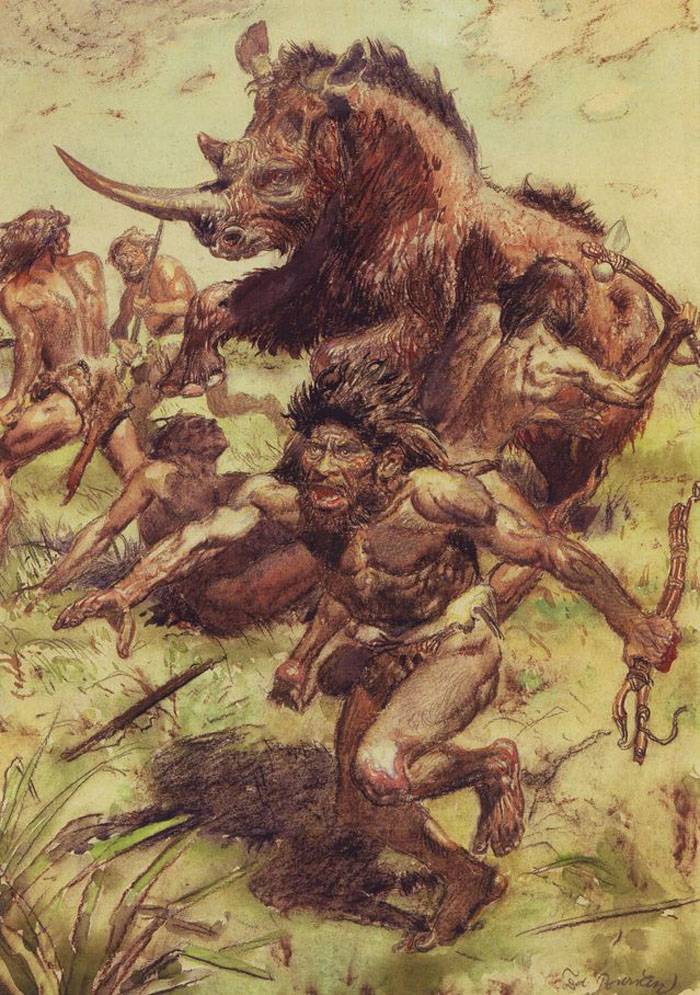
It was worse if this rhino did not fall into the hole! Rice. Zdenek Buridan
In the Krasnaya Glinka tract, the layer containing the finds, fortunately for archaeologists, was not disturbed and was covered by a large layer of soil. That is, both the bones of ancient animals and the tools of labor of our distant ancestors fell into this layer at the same time and then did not mix. This is how our Middle Volga region was most firmly included in the territory of the spread of primitive people. The tools found belong to the so-called Acheulean and Mousterian periods of the Lower Paleolithic and are the oldest tools found in Central Russia.
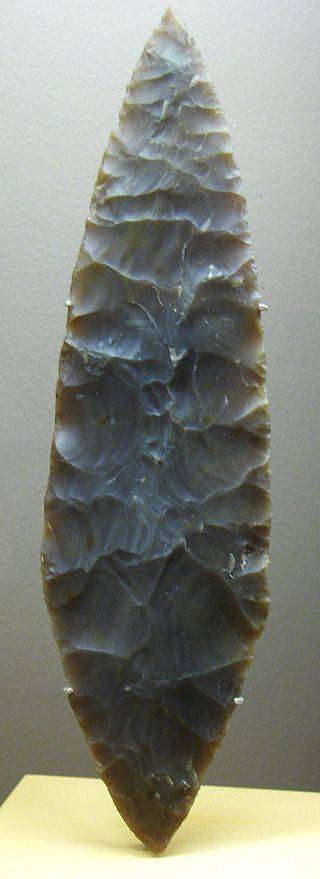
Stone tool, processed using the technique of stone retouching. National Museum of Archeology, Saint-Germain en Laye, France
So, it has been proven that people lived here in the Paleolithic era. Now it was necessary to find monuments of a later era - the Neolithic era, the era of the emergence of cattle breeding and agriculture, the emergence of ceramics and the formation of the most ancient tribes. It succeeded in 1953, when an expedition near Kazan, near the village of the Observatory, found a small Neolithic site.
Ancient owners of ceramic vessels ...
It turned out that she was in the forest, not far from the river, and there was no fence or ditch around her. In the center was a dwelling of an original design. It was a rectangular pit 9 meters long and 5 meters wide, buried 1,5 meters into the ground. The walls were wooden, and also wooden, its gable roof was of a log structure. Inside were found the remains of several hearths and even a small cellar.
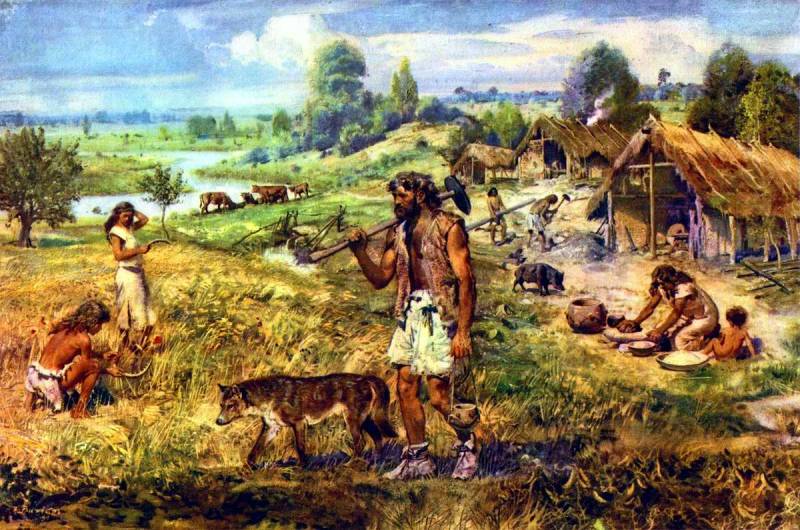
But this is already a Neolithic settlement. The dog was domesticated, as you can see, primitive agriculture appeared, and the axes learned to drill. Only for some reason, the artist did not draw the straps with which the ax was always attached to the shaft for greater strength. I probably forgot. Rice. Zdenek Buridan
The tools of labor, although they were made of stone, were striking in the perfection of their processing. So, they found axes, flint knives and chisels, and their blades were sharpened by carefully executed and fine retouching. Leaf-shaped arrowheads were also found. They have been processed using the wringing technique. Its essence consisted in breaking off ("squeezing") the smallest scales from the surface of the product with a stone or bone wringer.
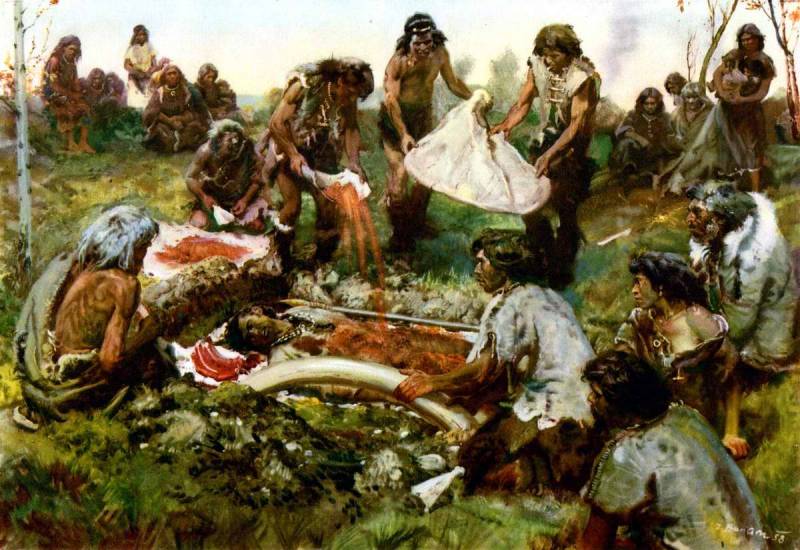
Burial has played a very important role in the life of human society since the Paleolithic era. They did not spare the red ocher to sprinkle the deceased! Rice. Zdenek Buridan
Here they also found large cauldron-shaped vessels with a rounded bottom, decorated with imprints of a toothed stamp and pits made with the end of a wooden or bone stick.
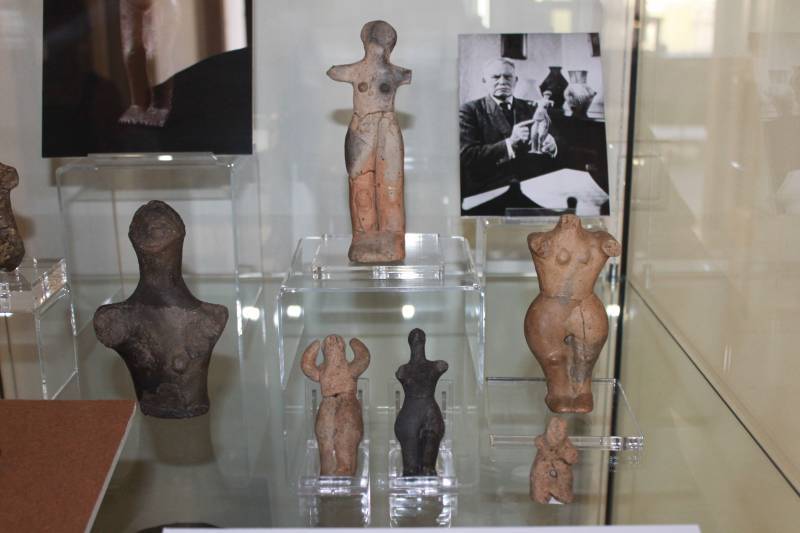
People also began to engage in art a long time ago. Prehistoric figurines from the Brno City Museum. Photo by the author
Jean Mary Auel's story
Well, already in our time, the primitive history of our country has been completely rehabilitated in a series of novels by the American writer Jean Mary Auel, who since 1980 has published the Children of the Earth hexalogy. The writer was engaged in stone processing and leather tanning, learned to survive in the wild and build ice houses, and also visited excavations throughout Europe - from France to the USSR, so her books can be used as ... a textbook on primitive history, especially since she inserted a lot into them from textbooks. True, I would not recommend reading them to children (there are a lot of the most frank love scenes there), but for an adult they are very informative.
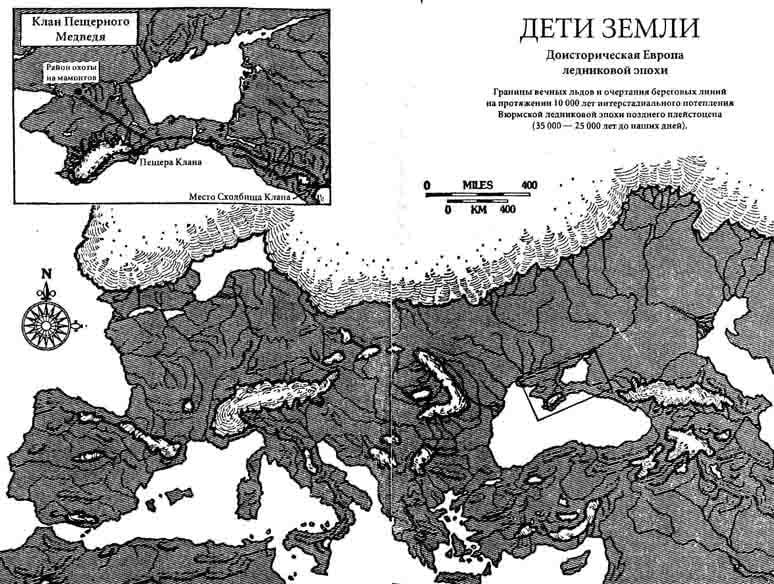
A map of the scene of Jean Auel's novel: from the Black Sea tundra steppes to the very south of France!
By the way, numerous finds of skulls made it possible to establish the haplotypes of ancient hunters who settled in the south of Eurasia, and even to restore their appearance.

However, even without scientific reconstructions, one can assume that they could well look like this ...
To be continued ...
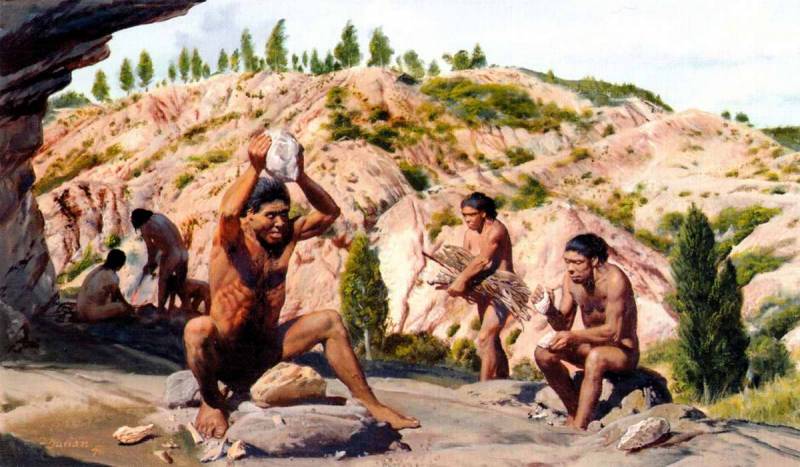
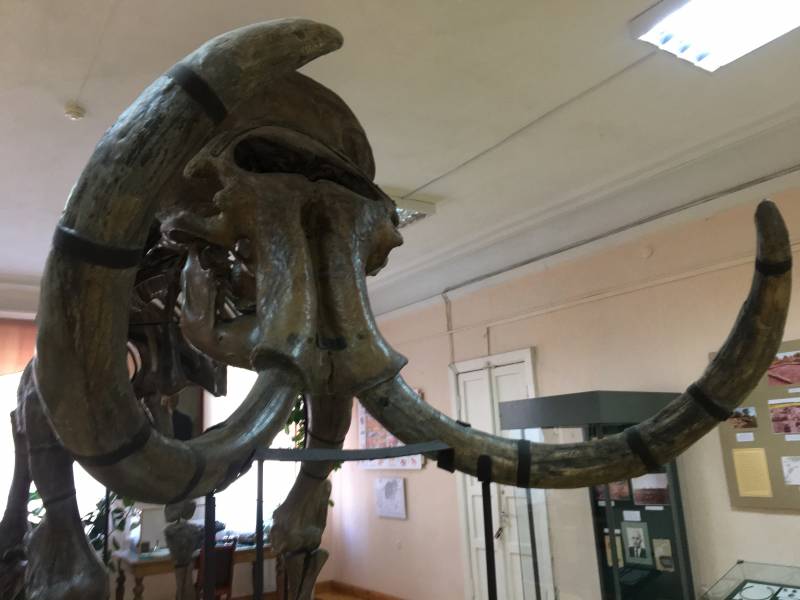
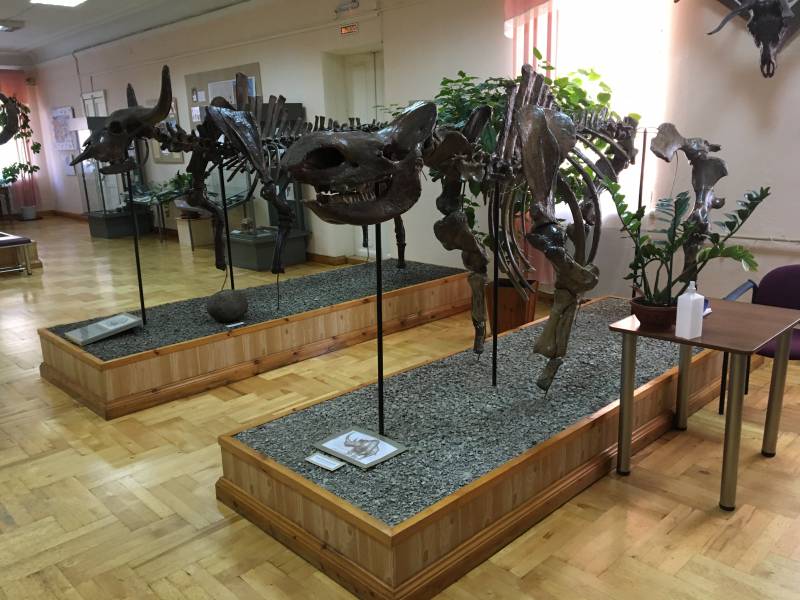
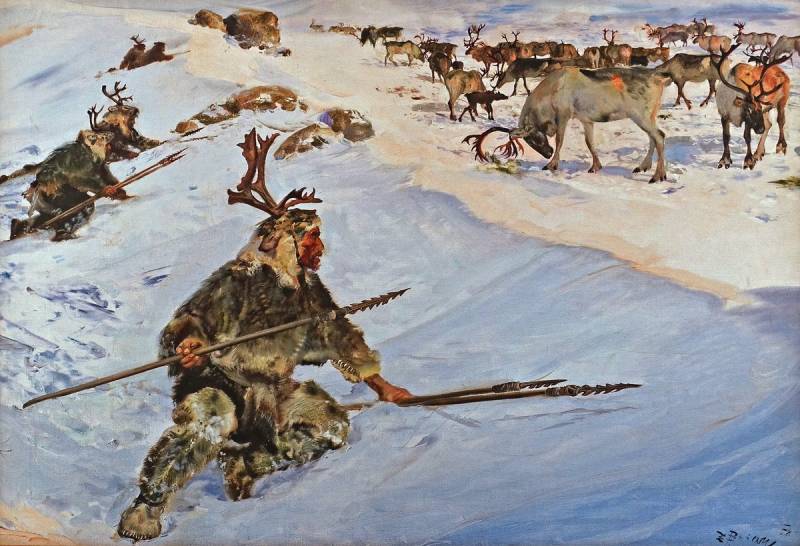
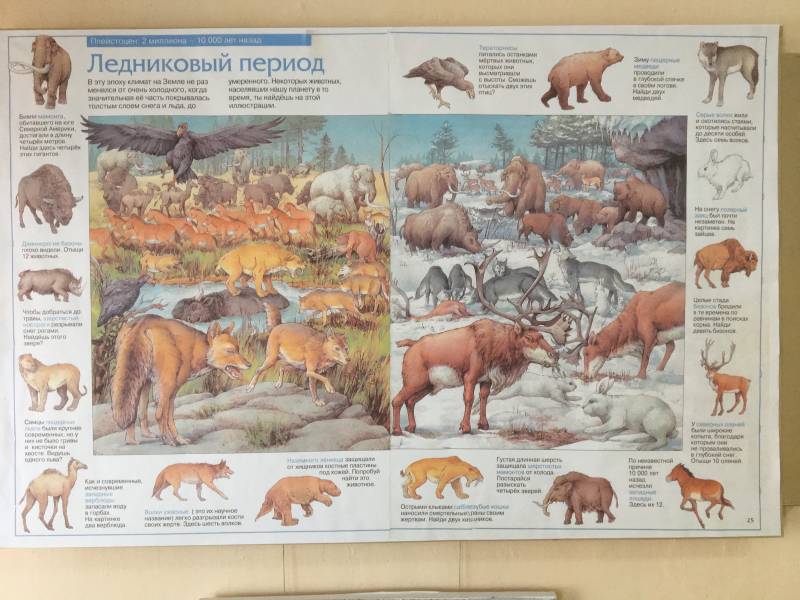
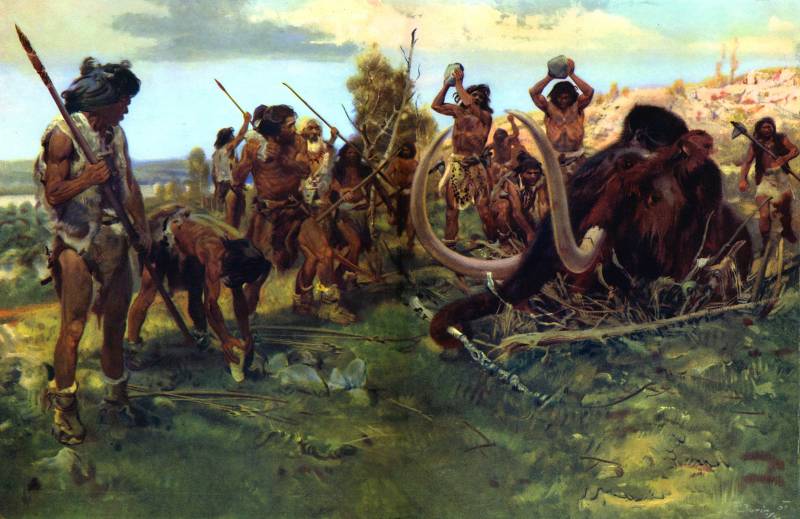
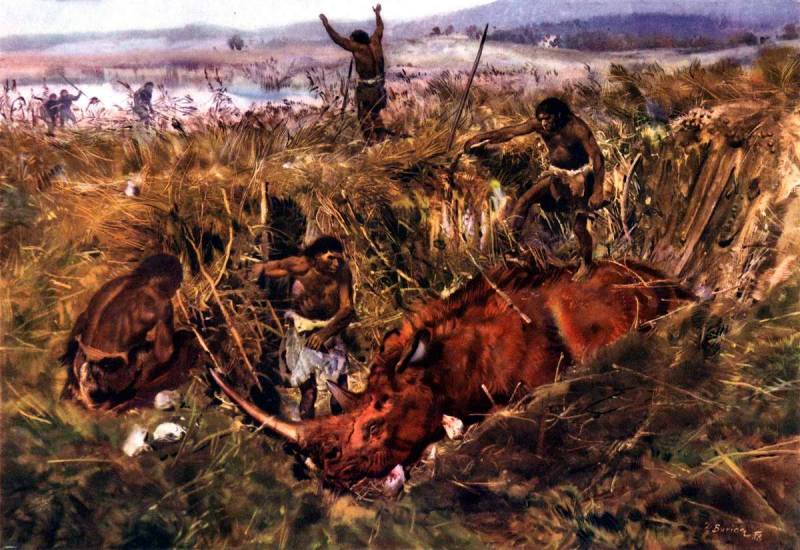
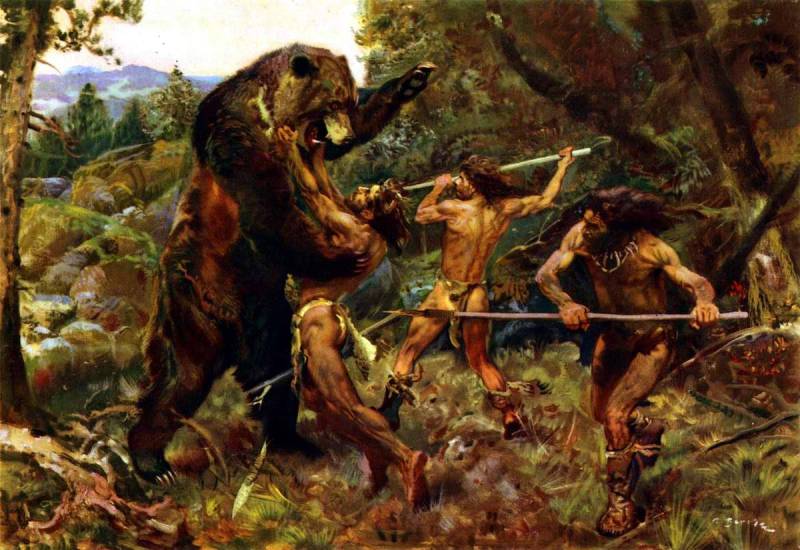
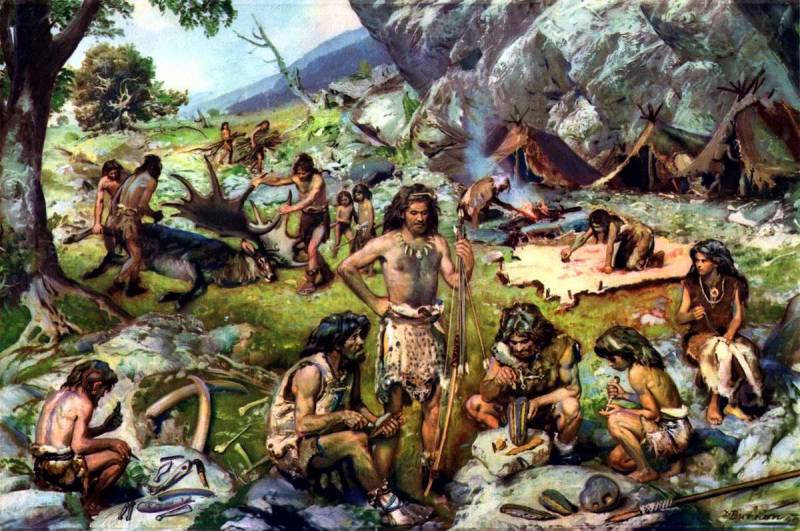
Information